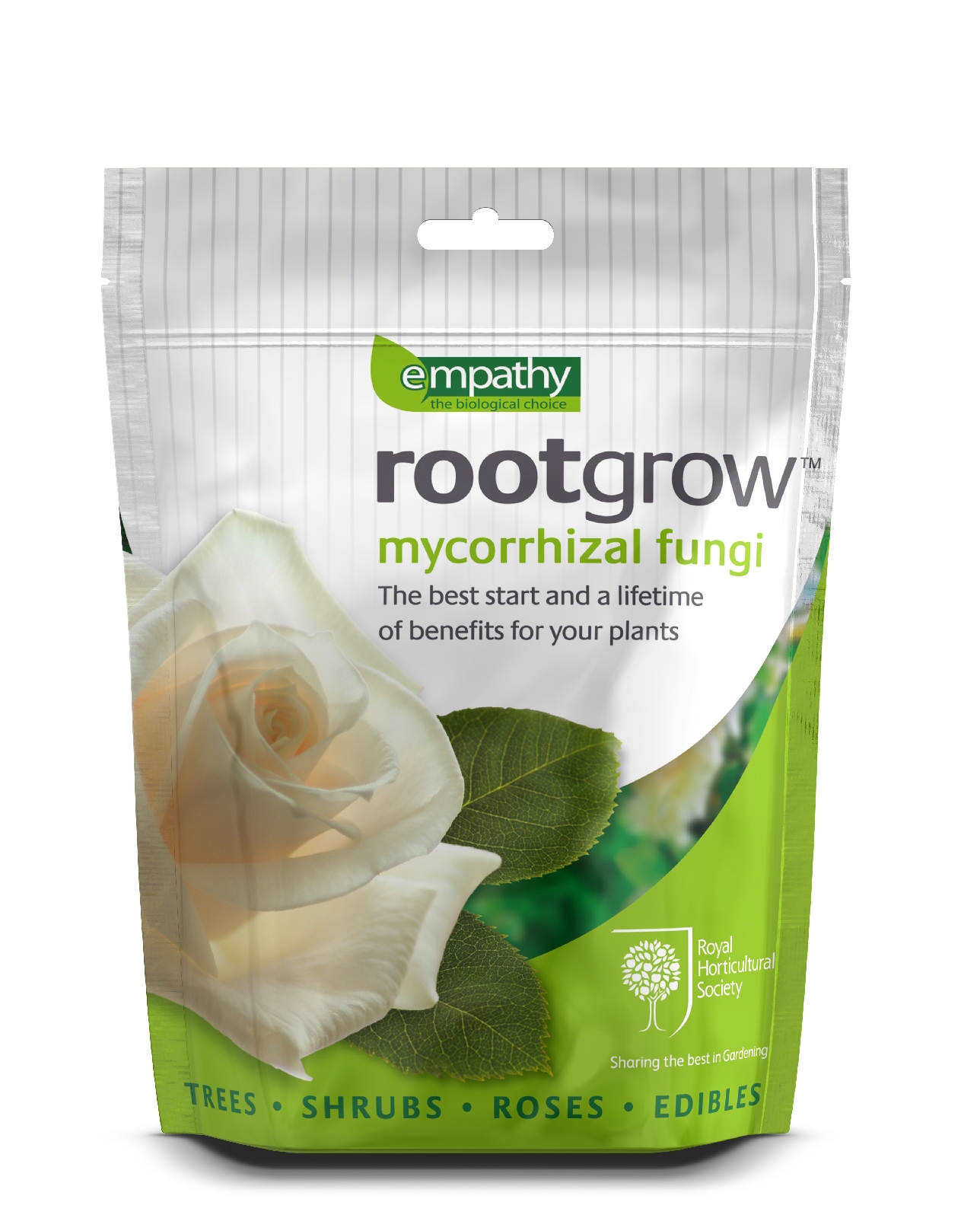So what can we do to prevent this from happening to our new bought roses if you wanna plant them in the same spot as previous roses?
There are several options and all work very well. The most expensive option and only a possibility when you're whole garden needs to be treated is steaming the soil. In essence it is sterilizing your soil so all nematodes are dead. But the method also kills the good guys in the soil and its really expensive. Another option is to treat the roots of your bare root roses with Mycorrhiza fungi. It has been proven scientifically that certain Mycorhizza fungi destroy the nematodes when they come near the rose roots. A very good and recommended brand is Rootgrow. It can be bought in the EU, the UK and in the USA and Canada and also in Australia & New Zealand. PLEASE REMEMBER NOT TO USE CHEMICAL FERTILIZERS. THEY DESTROY THE MYCORHIZZA
Third option is to plant your new rose or roses in a cardboard box without the bottom. You fill up the box with fresh soil from another rose free part of the garden mixed with compost. Once the box has decomposed the rose will be growing healthy and can't be weakened by the nematodes anymore.
The option that was given in the past was replacing your soil with new soil. That's easy when you only have one or two roses to plant but if you have many it is a real Calvary and not recommendable.
The Mycorhizza method, soil replacement (if you only have a few roses) and Cardboard box method are the most suited solutions for most of us.
Nematodes occur more abundantly in poor sandy soils so it's essential to mulch your soil each year with lots of organic material. Manure compost, worm castings etc are really good humus suppliers. The more humus your soil gets the less nematodes it will contain.
A very good method to prevent nematodes besides the humus is by planting Marigolds between our roses every three years. You just plant them in your border or beds next to the roses and they destroy the nematodes. In Autumn you work the marigolds into the soil so don't remove them. It is a very cheap and very effective method. The Marigold is the rose's best friend!
I hope I've shed some light on this subject and that you now know how to treat and prevent this disease!
The rose nematode under the microscope
With rose mycorrhiza you can plant new roses safely. Rootgrow is one of the best brands
The Marigolds, best friend of roses


